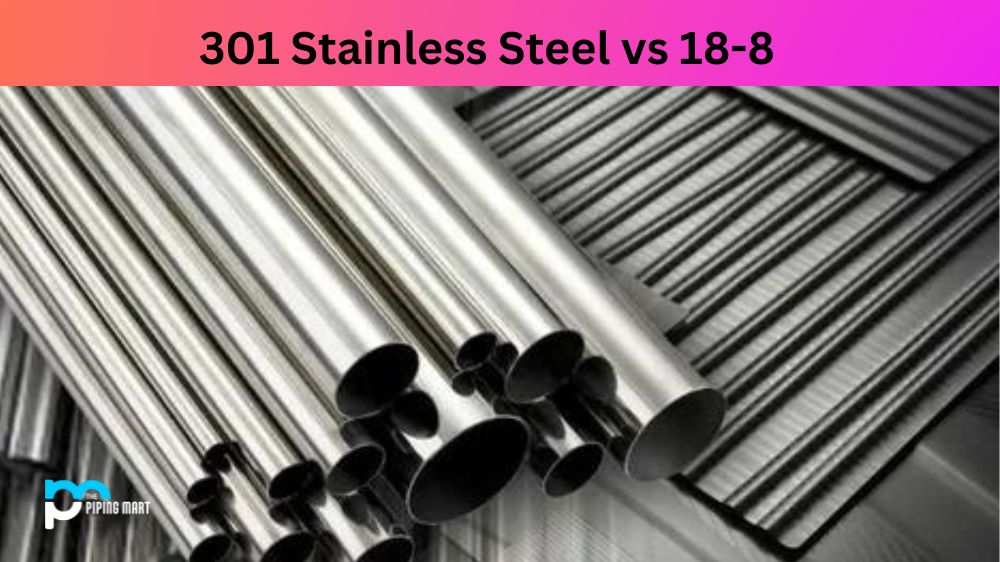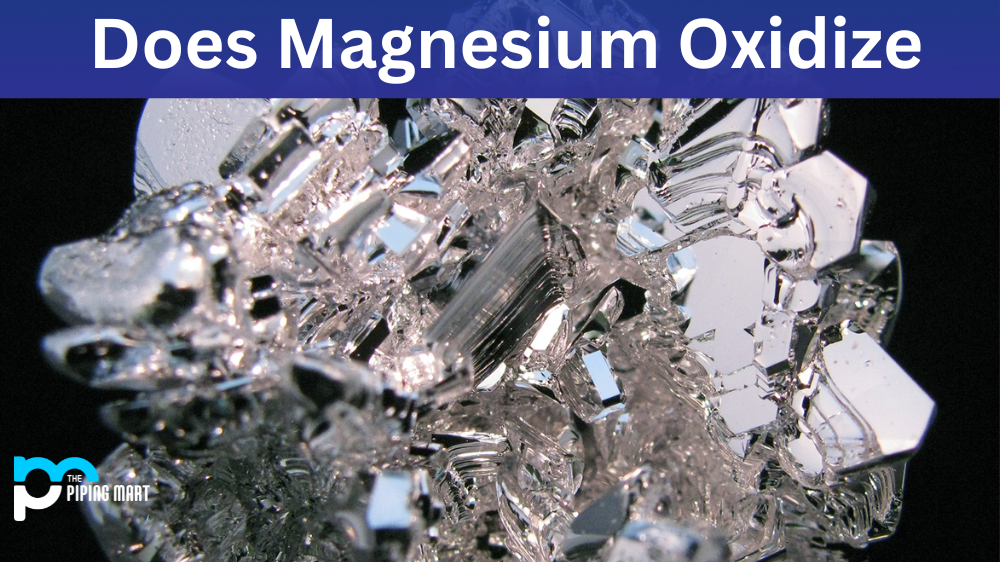If you work in the manufacturing industry, choosing the suitable material for your castings is critical to ensure that the finished product is of the highest possible quality. Regarding ductile iron casting materials, there are two popular options: ASTM A536 and A395. Both materials have similar properties and are widely used, but they have some crucial differences in their composition and applications. In this post, we will examine the characteristics of ASTM A536 vs A395 to help you decide when choosing ductile iron casting materials.
Difference Between ASTM A536 and A395
Composition
ASTM A536 and A395 consist of ductile iron, an iron-carbon alloy with improved mechanical properties over grey iron. However, there is a difference in the chemical composition of both materials. ASTM A536 contains higher levels of carbon, silicon, and magnesium, which gives it increased strength, toughness, and wear resistance. In contrast, A395 has more manganese, sulfur, and phosphorus, making it more machinable and easier to cast. Therefore, the choice between ASTM A536 and A395 will depend on the specific requirements of your project.
Physical Properties
ASTM A536 and A395 also differ in their physical properties, particularly their tensile strength and elongation. ASTM A536 has a tensile strength of 65 ksi, while A395 has a tensile strength of 60 ksi. Similarly, the extension of A536 is 18%, which is higher than A395’s elongation of 10%. ASTM A536 is also more resistant to corrosion and heat than A395.
Applications
Although both materials are suitable for various industrial applications, they have different strengths and weaknesses, making them better suited to other projects. ASTM A536 is favoured for applications where high strength is required, such as heavy machinery parts, gears, and automotive components. In contrast, A395 is ideal for applications that require high machinability, such as valves, pumps, and pipe fittings.
Manufacturing Considerations
When choosing between ASTM A536 and A395, it’s essential to consider the manufacturing process involved. A395 can be easily cast into intricate shapes, making it well-suited for thin-walled products that require high accuracy and dimensional stability. ASTM A536, on the other hand, is harder to cast and requires more work to achieve the desired shape. As a result, it is typically used for applications where aesthetics and dimensional accuracy are less critical.
Cost
Finally, the cost is another critical factor when deciding between ASTM A536 and A395. Generally, ASTM A536 is more expensive than A395 due to its higher carbon, silicon, and magnesium levels. If your project requires high-strength components and is not cost-sensitive, then ASTM A536 may be the best option. However, if your primary concern is keeping costs low, A395 provides a more economical alternative without sacrificing quality.
Conclusion
Choosing a suitable material for ductile iron casting can be challenging. ASTM A536 and A395 have unique characteristics, which are essential to consider when deciding which is best suited for your project. While ASTM A536 is stronger and more resistant to heat and corrosion, it is also more expensive, harder to cast, and less machinable than A395. On the other hand, A395 is easier to cast, more cost-effective, and ideal for products that require high machinability. Ultimately, the choice of material will depend on your specific application requirements, manufacturing process, and budget constraints. By considering these factors, you can make an informed decision that ensures your finished product is of the highest possible quality.
Rachana is a dedicated and ambitious young woman who has made a name for herself in the metal industry. From her earliest days in the industry, Rachana showed a natural talent for problem-solving and a keen eye for detail. In her free time, She enjoys reading up on the latest advancements in the industry, as well as exploring new ways to innovate and improve upon existing processes.




